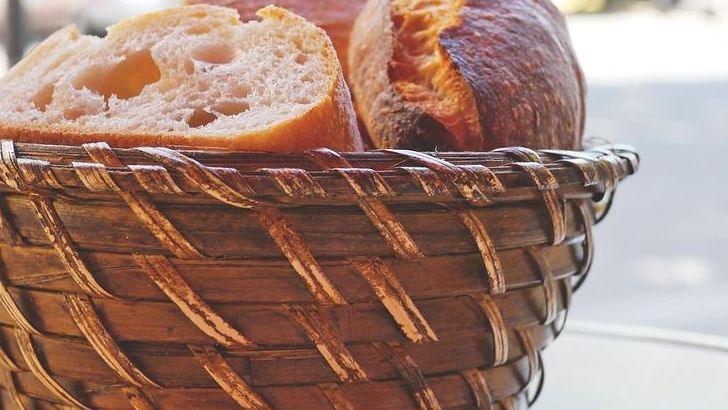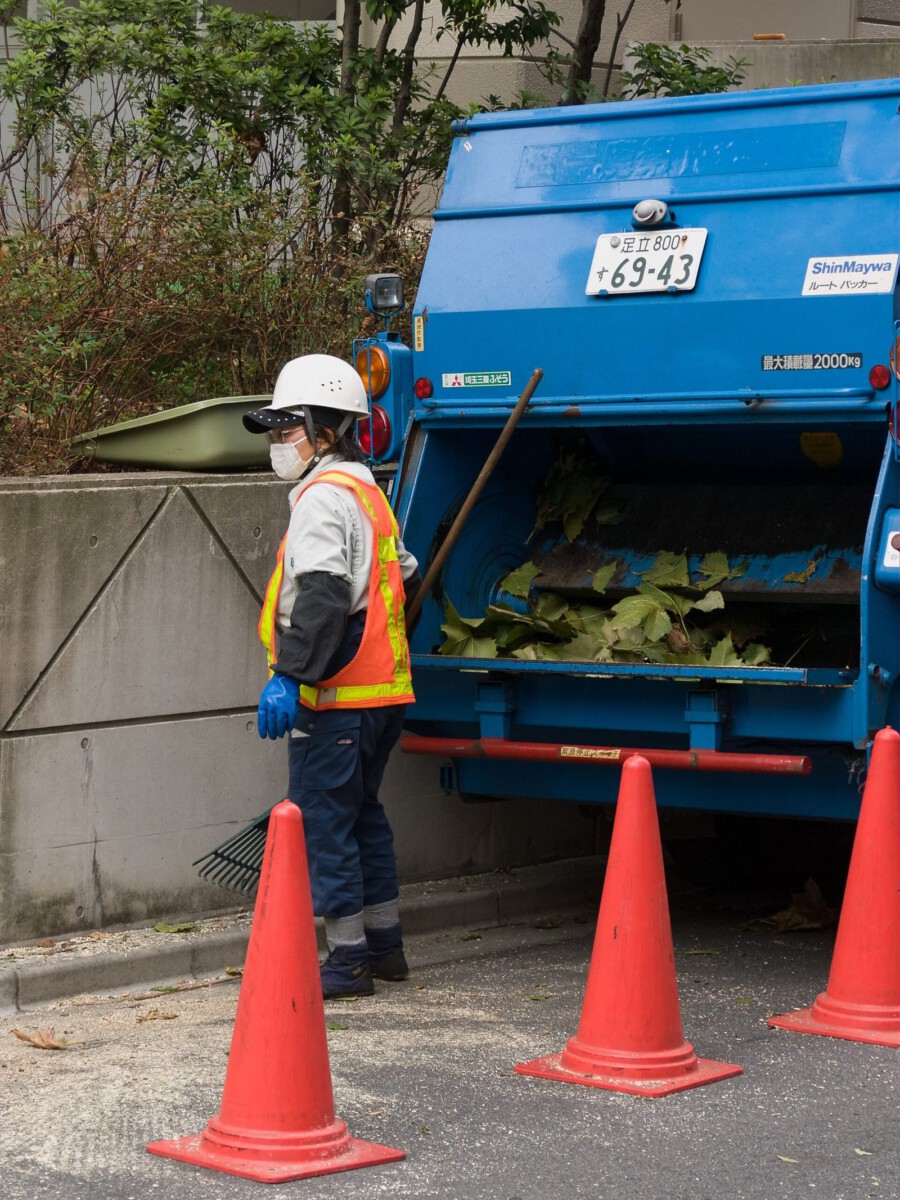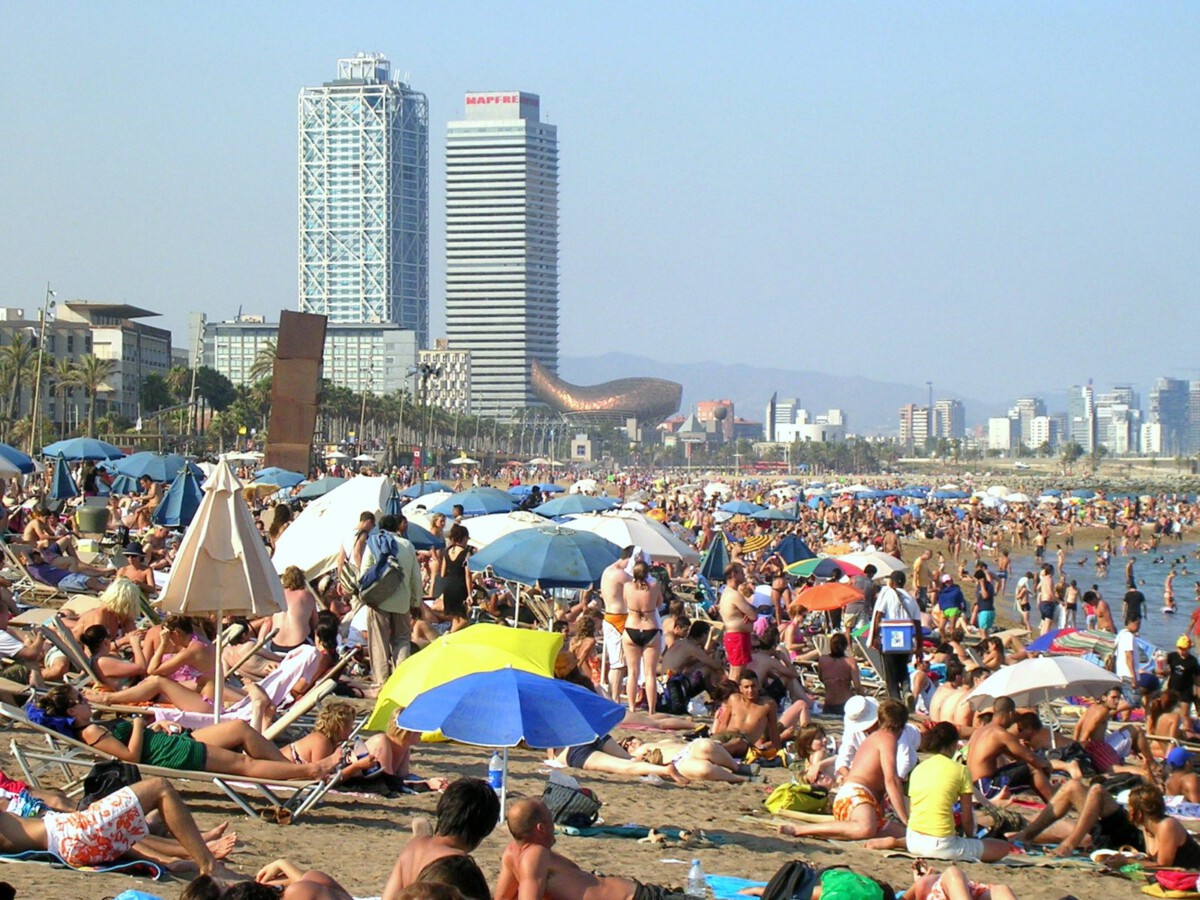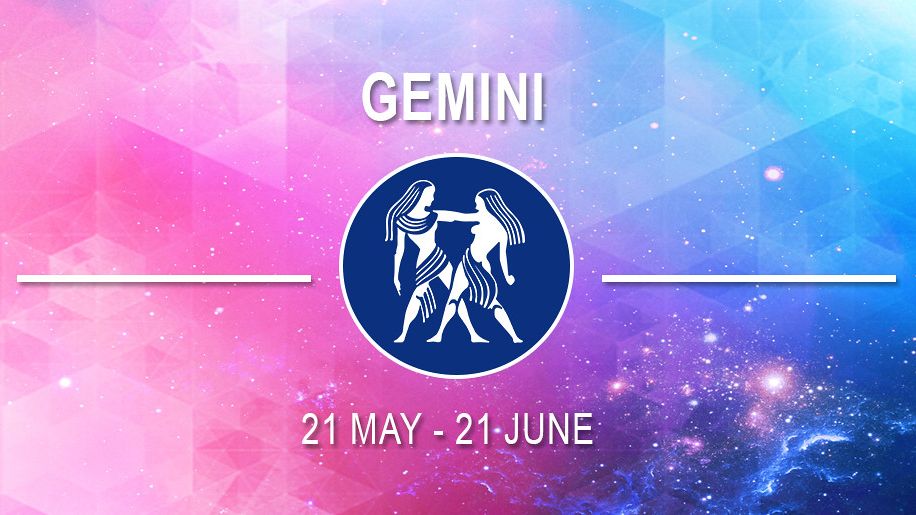The Free Bread Trap Sets Your Brain Up for More

That complimentary bread basket isn’t just a nice gesture – it’s a calculated move designed to make you spend more money. When you’re looking at that menu while eating the bread or chips, your glucose spikes, making you biologically hungrier. Eating bread on an empty stomach creates a big glucose spike, and that’s not to say you must skip the bread basket altogether – if you wait to have it alongside some protein, fats, and vegetables, you’ll have a much steadier glucose response. People who eat the bread on an empty stomach create a big glucose spike, so by the time they’ve finished their main course, they’re smack in the middle of a massive glucose crash, and they feel really hungry, and they have cravings. This biological response isn’t accidental – restaurants know exactly what they’re doing. Research shows that when carbohydrates are consumed first, mean postmeal glucose levels increase by significant percentages at 30, 60, and 120 minutes after eating. The timing is everything here. Research suggests that blood sugar spikes can affect appetite and eating patterns. Your body’s natural response to these glucose spikes creates a cycle of hunger and craving that keeps you ordering more throughout the meal.
Menu Design Tricks Your Eyes Into Expensive Choices

Restaurant owners hire specialists to design menus that guide your eyes to the most expensive items, removing dollar signs to make you forget you’re spending money, and putting high-priced dishes in boxes or at the center of the page where you naturally look first. Studies show that customers are likely to order one of the first items that draw their attention, and since guests typically spend a limited time looking at menus, it must be designed for guests to easily find key items. Menu designers often use strategic placement techniques, with many guests reportedly focusing first on the center of the page before scanning other areas. In each section, restaurants place their most profitable items at the top of the list and one at the bottom, as studies show that people notice and order the top two items or the last item in each section more often than the others. The psychology goes deeper than placement. Removing dollar signs and decimals from menus shows that guests tend to spend more when prices are displayed as a single, whole number. Not using a dollar sign or spelling out “dollar” – just the number will do – because these symbols indicate to customers that they’re about to spend money.
Decoy Pricing Makes You Feel Smart While Spending More

Research shows that decoy pricing can influence consumers’ choices of more expensive product bundles in restaurant contexts. Some restaurants use what researchers call decoys, placing a really expensive item at the top of the menu so that other dishes look more reasonably priced; research shows that diners tend to order neither the most nor least expensive items, drifting toward the middle. This technique is called anchoring: placing a high-priced item next to a mid-tier option to make the latter appear more reasonably priced, like a $26 steak entrée placed next to a $38 ribeye, increasing conversions on the lower-priced item. According to industry experts, the most expensive item on the menu is mostly used as decoy – it works when you place it next to a less costly item you actually want to sell, and the effect is that customers will perceive the less expensive one as higher value. While there’s no magical marketing formula to reveal consumer desires, commonalities in human behavior can help explain the motivations behind consumer purchasing decisions. The decoy effect exploits our natural tendency to avoid extremes. Most customers have an extremeness aversion; they’ll never order the most expensive or least expensive items on the menu, so by highlighting the very expensive Filet Mignon, the less pricey Sirloin Steak directly below it seems more reasonably priced by contrast, with the strategy being to position a high-priced item in a “sweet spot” with a highly profitable Star item right next to it. These psychological tricks work because they tap into fundamental aspects of how we make decisions. We don’t evaluate prices in isolation – we compare them to what’s around them. When restaurants understand this, they can guide our choices without us even realizing it’s happening. The next time you’re dining out, pay attention to where your eyes go first on the menu, notice if there’s a suspiciously expensive item at the top of each section, and remember that the bread basket might be setting you up for more than just a good meal. What do you think about these sneaky restaurant tactics? Have you noticed any of these tricks during your dining experiences? Tell us in the comments.







